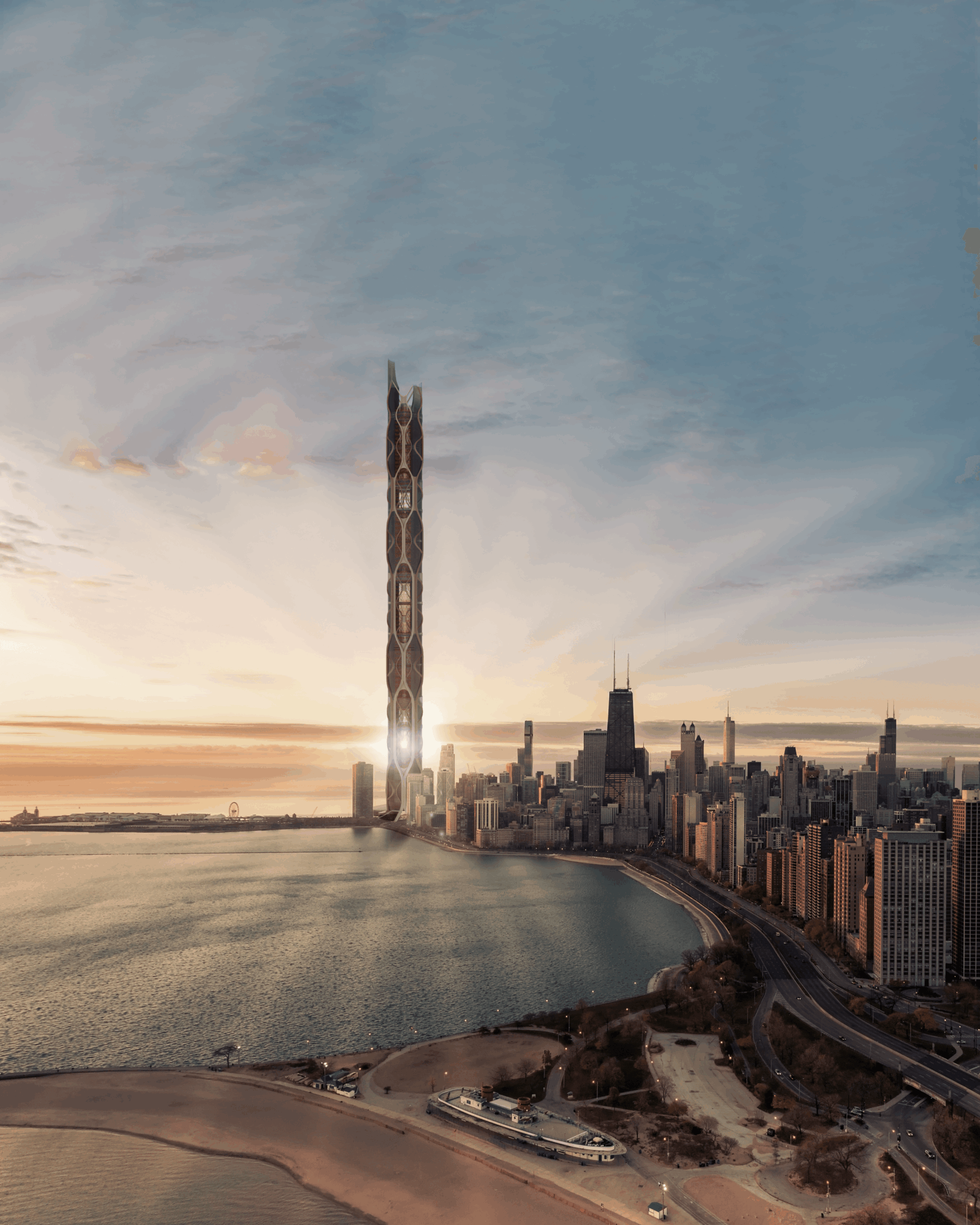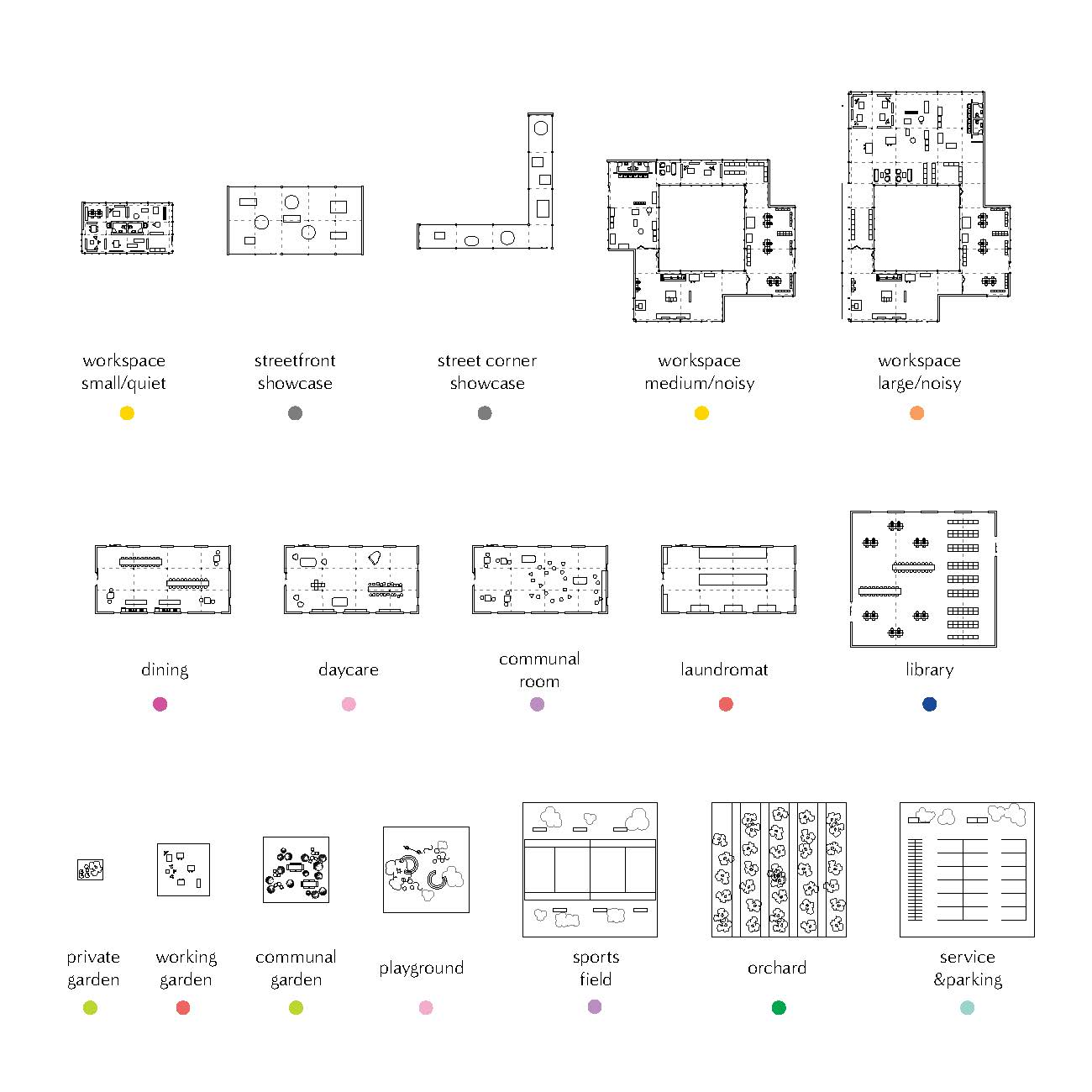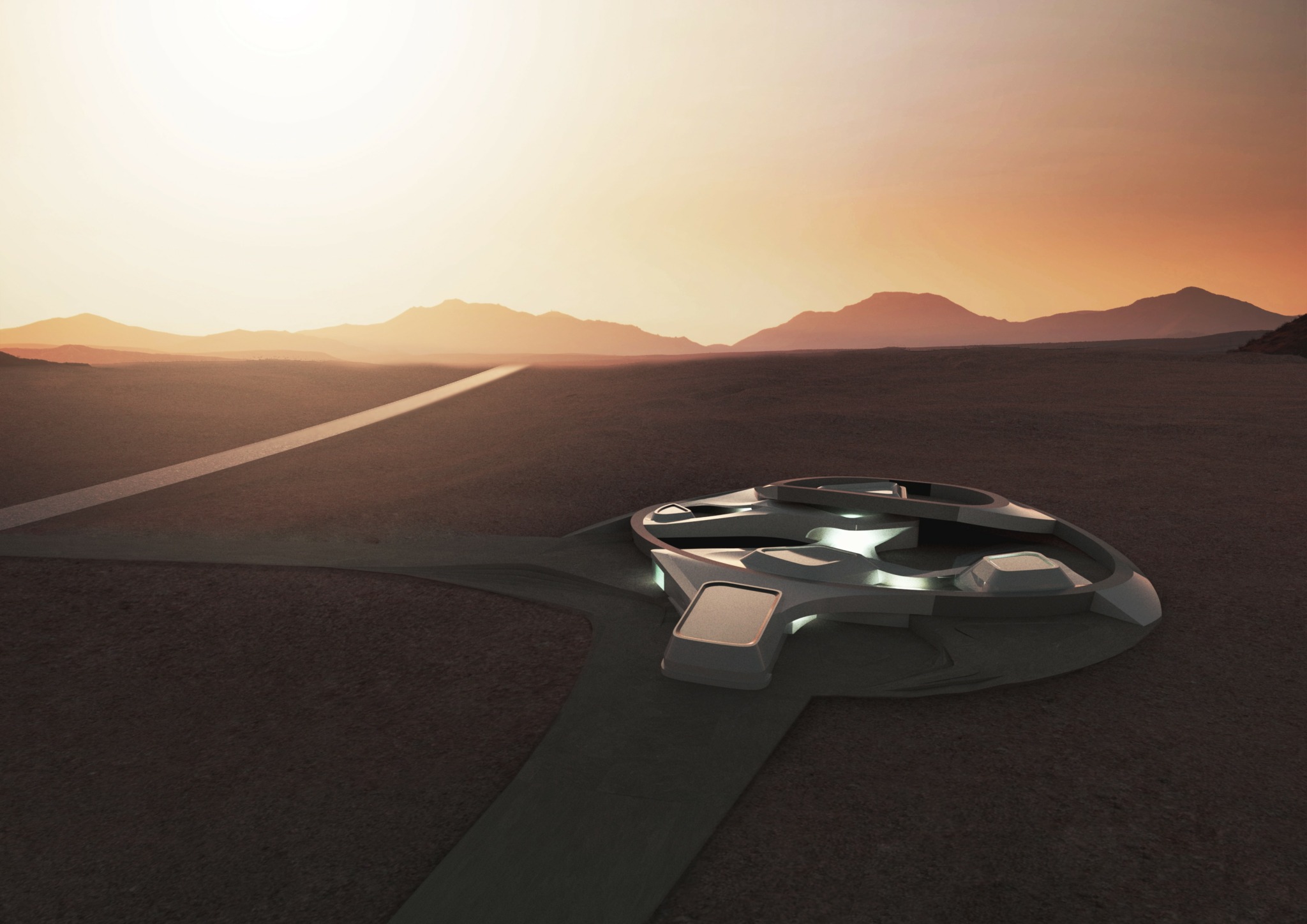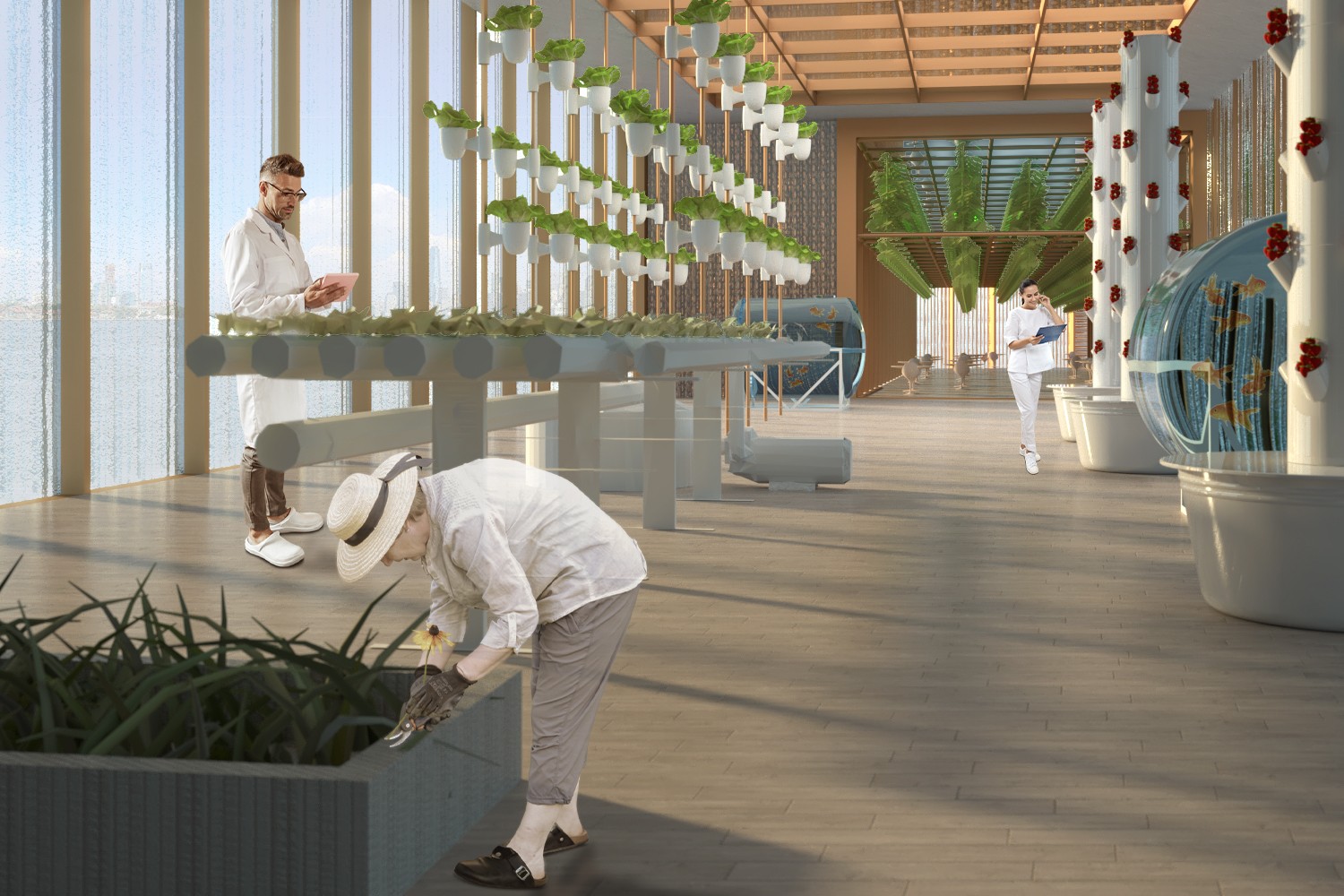We recently connected with Dreama (Simeng) Lin and have shared our conversation below.
Dreama (Simeng), thanks for joining us, excited to have you contributing your stories and insights. Innovation comes in all shapes, sizes and across all industries, so we’d love to hear about something you’ve done that you feel was particularly innovative.
Innovation in architecture isn’t just about new materials or iconic forms—it’s about rethinking how spaces enhance well-being and adapt to changing needs. Throughout my career, I’ve integrated strategic, evidence-based design to improve user experience, from reimagining healthcare environments to fostering healthier workplaces and more intuitive retail spaces. My approach challenges conventional design constraints by prioritizing adaptability, environmental responsiveness, and human-centered solutions. These innovations, while not always flashy, have real impact—shaping spaces that promote health, efficiency, and engagement. This is the foundation of my work and why I believe design can be a catalyst for broader systemic improvement.

Dreama (Simeng), love having you share your insights with us. Before we ask you more questions, maybe you can take a moment to introduce yourself to our readers who might have missed our earlier conversations?
I’m an architect and interior designer with a deep interest in how the built environment shapes human experience, well-being, and performance. My journey began with a foundation in art history, which gave me a strong analytical lens for understanding spaces and their cultural, psychological, and functional impact. This perspective evolved through my architectural education and professional work, where I’ve focused on designing environments that go beyond aesthetics to actively improve people’s lives.
What sets my approach apart is my commitment to evidence-based design—leveraging research, environmental strategies, and human-centered thinking to create spaces that are not just functional but adaptive, responsive, and health-promoting. Whether it’s in healthcare, workplace, or urban environments, I aim to bridge the gap between design intuition and measurable impact.
I solve problems that often go unnoticed—helping businesses and institutions rethink their spaces to enhance efficiency, engagement, and well-being. This means designing for adaptability, improving air quality, fostering intuitive user interactions, and integrating design strategies that respond dynamically to occupants’ needs.
What I’m most proud of is my ability to challenge conventional approaches and push for meaningful innovation within real-world constraints. My work demonstrates that architecture is more than static structures—it’s a powerful tool for enhancing human and environmental health, and I’m dedicated to advancing this mission at a national level.

Is there something you think non-creatives will struggle to understand about your journey as a creative?
Non-creatives might not realize that architecture isn’t just about aesthetics—it’s about solving complex, often invisible problems. Creativity in this field requires persistence, research, and the ability to balance design with technical, financial, and human factors. The hardest part isn’t just coming up with ideas, but communicating them effectively to align stakeholders and navigate constraints. My work isn’t about making things beautiful for beauty’s sake—it’s about creating spaces that actively improve well-being, efficiency, and adaptability. That’s the creative journey that drives me and the impact I strive to make.

What do you think is the goal or mission that drives your creative journey?
My mission is to advance architecture as a tool for improving public well-being. I focus on creating environments that are healthier, more adaptive, and human-centered, using research-driven design to enhance efficiency, engagement, and quality of life. My work challenges conventional approaches, prioritizing evidence-based innovation that makes spaces not only functional but also proactively supportive of human and environmental health. This aligns with my broader goal of contributing to design strategies that have a lasting national impact, shaping the future of how we live and work.
Contact Info:
- Linkedin: https://www.linkedin.com/in/dreamalin/

Image Credits
Stella Xu, Hao Xu, Yuhan Zhang


